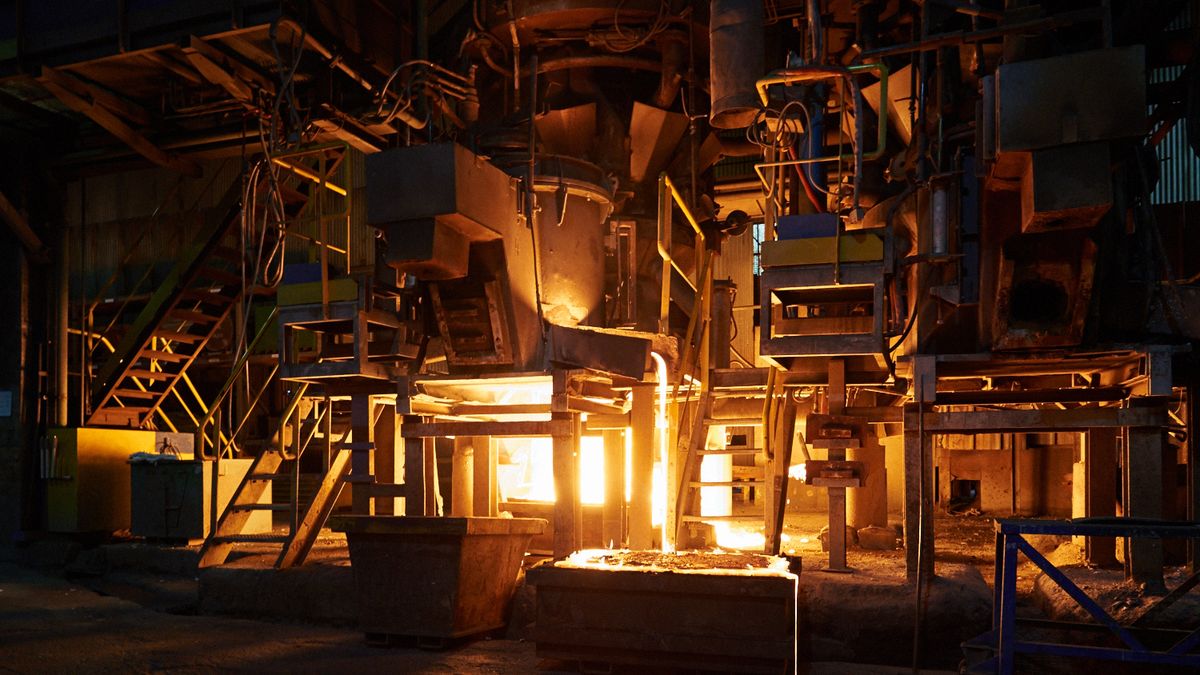Iron Trading
Cast iron is highly favoured for its ability to be easily cast into complex shapes when molten and for its low cost.Iron Trading Across Industries
There are two major types of iron produced: wrought iron and cast iron. Within those, cast iron includes its own family of metals - gray iron, white iron, malleable iron, ductile iron, and compacted graphite iron.
Wrought iron has become famous for decorative pieces. Churches of the 15th and 16th century contain fine wrought iron pieces produced by skilled artisans. In the modern world, railings, doors, and benches are still made from wrought iron as custom pieces. The primary difference in production between wrought iron and cast iron is that cast iron is not worked with hammers and tools. In composition—cast iron contains 2–4% carbon and other alloys, and 1–3% of silicon, which improves the casting performance of the molten metal.A few industries that use cast iron:
| Pipes |
|---|
| Machinery |
| Automotive Parts |
| Pots Pans and Utensils |
| Anchors |
Cast iron is highly favoured for its ability to be easily cast into complex shapes when molten and for its low cost. Cast Iron properties can be easily altered by adjusting the composition and cooling rate without significant changes to production methods.
Cast Iron advantages over cast steel include ease of machining, vibration dampening, compressive strength, wear resistance and corrosion resistance. Corrosion resistance of cast iron is improved via the addition of minor elements such as silicon, nickel, chromium, molybdenum and copper. We can help source the iron you desire at a competive price. Contact us through our Base Metal Enquiry Form and we will get back to as soon as we can.Types of Cast Iron
Various types of cast irons are produced using different heat treatment and processing techniques, including gray iron, white iron, malleable iron, ductile iron, and compacted graphite iron.
Choosing the right cast iron for your application is important as their properties can be quite different from each other. At Global Trading we can help and guide you through the process in selecting the right iron for your applications.
Other Base Metal Types
Steel
Steel is an important commodity because it is extremely strong and relatively low cost, making it suitable for industrial uses in construction, infrastructure and manufacturing.
Copper
The applications of copper make it a sought-after metal by a large number of industries. Its wide range of uses makes it a popular commodity to buy and trade. It’s an efficient conductor of heat and electricity.
Aluminium
Aluminium is the most abundant mineral on Earth behind oxygen and silicon, making it the most abundant metal naturally found on the planet, and the second-most used metal globally, behind only iron.
Iron
Cast iron is highly favoured for its ability to be easily cast into complex shapes when molten and for its low cost. Cast Iron properties can be easily altered by adjusting the composition and cooling rate without significant changes to production methods.

